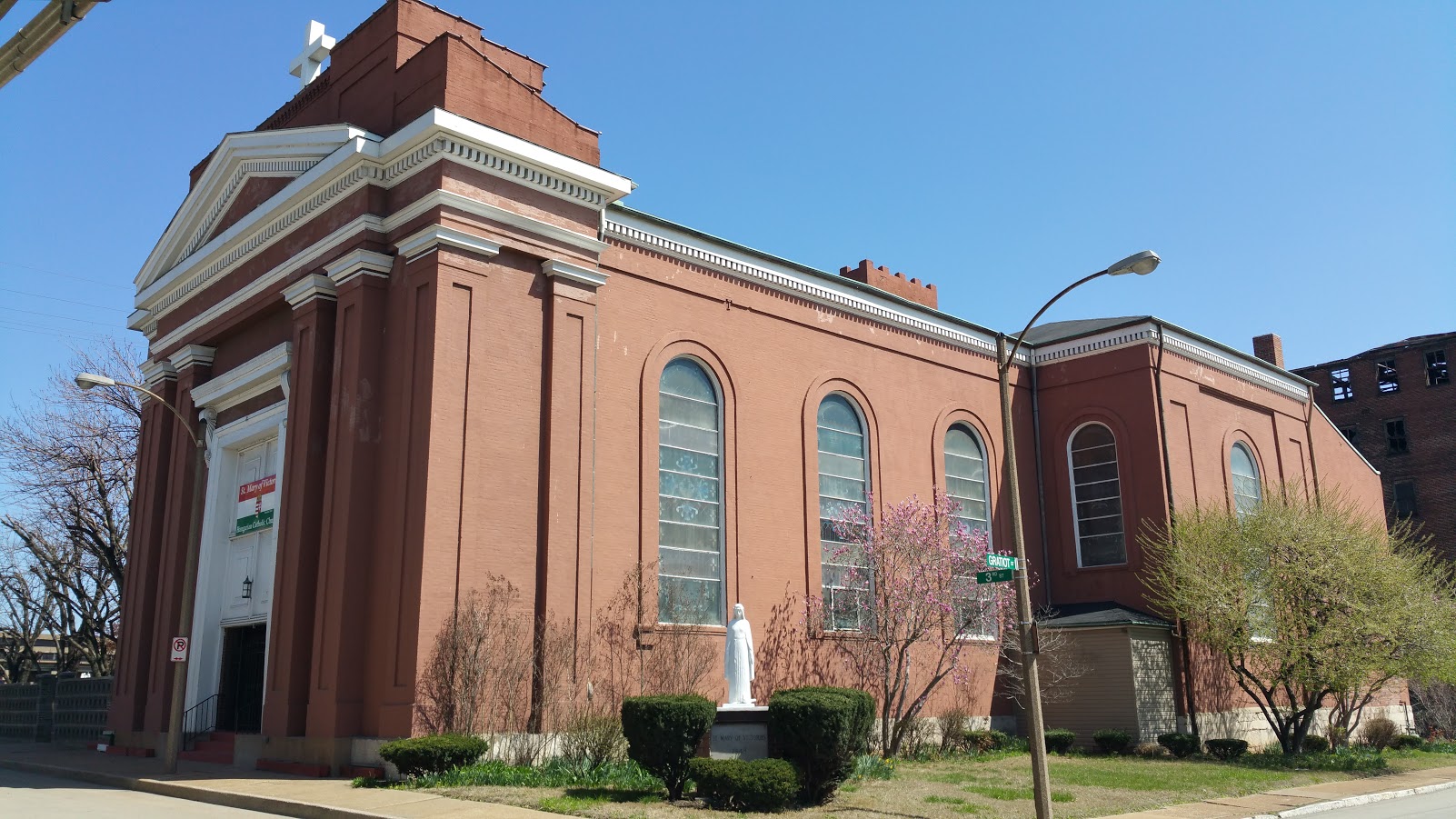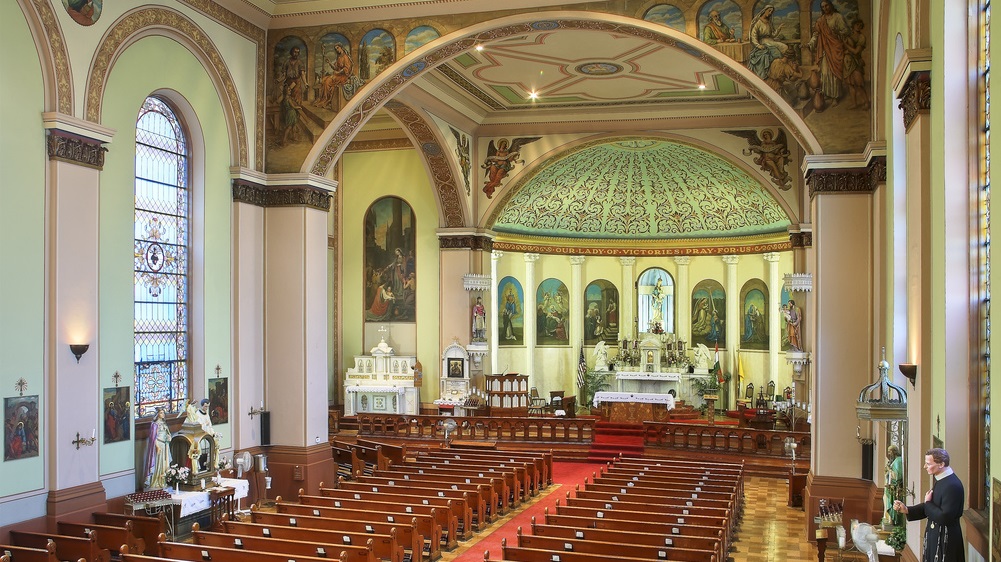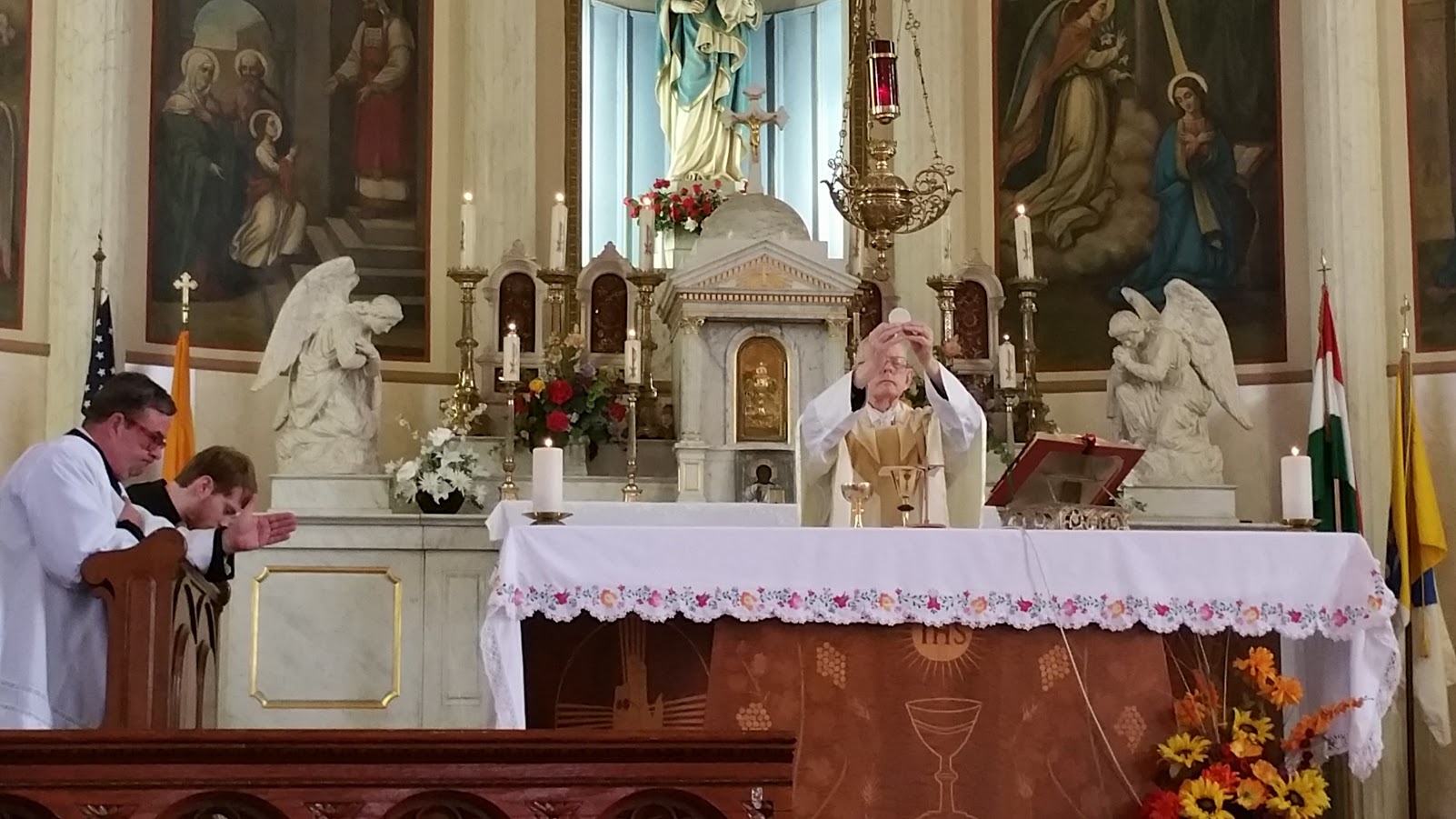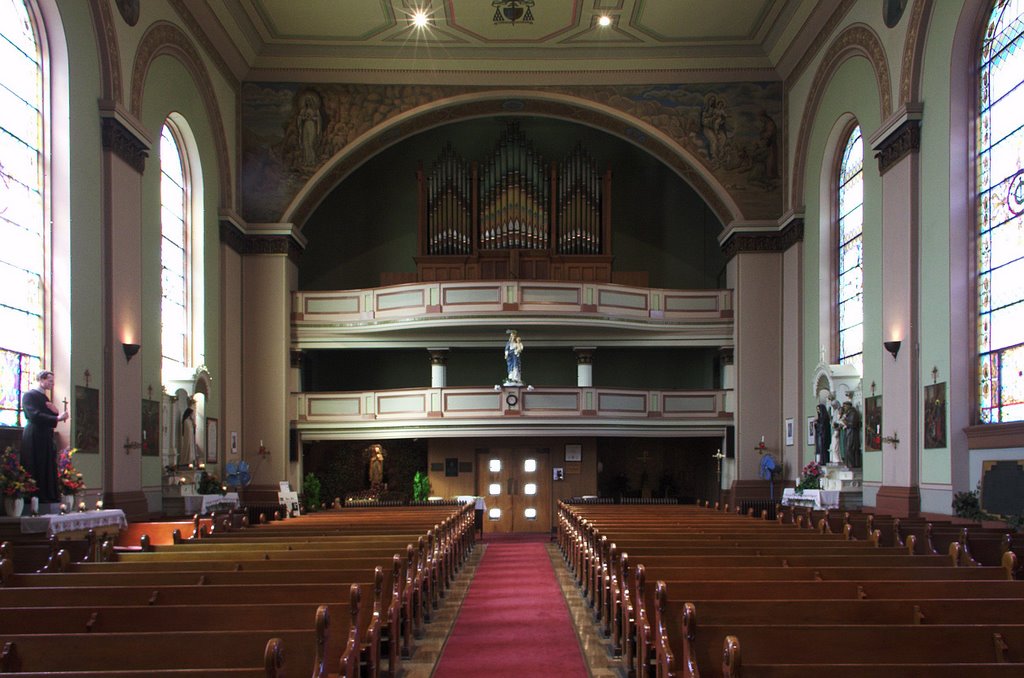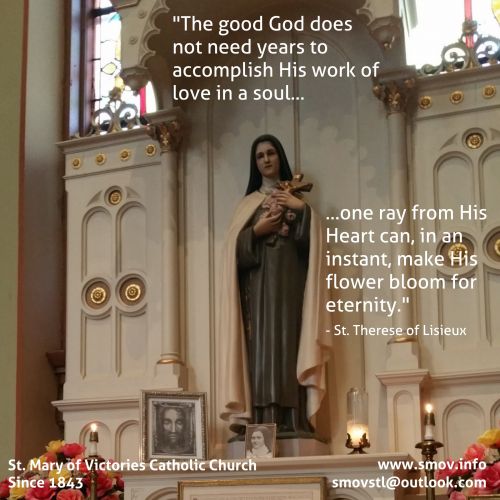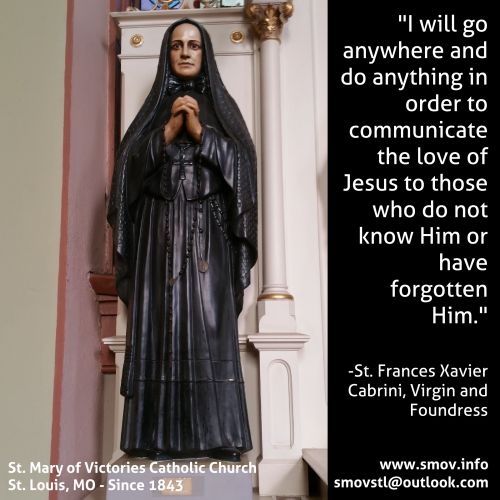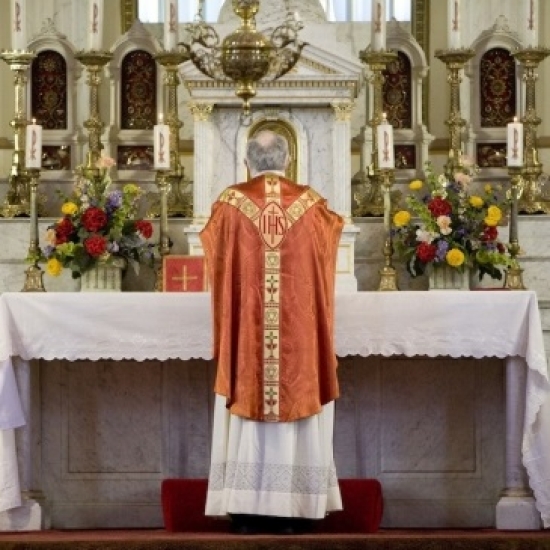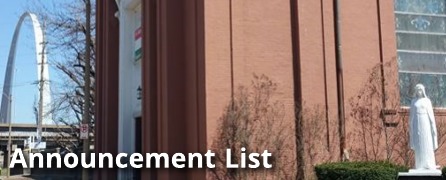9 August 2020, 19th Sunday in Ordinary Time (Year A)
Introit: Respice Domine
Offertory: Eternal Monarch, King most high, p. 360
Communion (Years A & B): Panis quem edo dedero
Recessional: Alleluia, Sing to Jesus, p. 277
Mass XI, PBC p. 58. Credo III, PBC p. 77
The Introit has three phrases:
-
(a) Respice, Domine, in testamentum tuum
(b) et animas pauperum tuorum ne derelinquas in finem -
exsurge Domine et judica causam tuam
-
et ne obliviscaris voces quaerentium te.
There is a violent, almost passionate clamoring, especially in the second part over exsurge Domine. Perhaps it was the dire distress, caused by the migration of Nations, that forced this lamentation from the Church; we might now substitute as her reason the sinfulness of so many of her children. What a shameful thing sin is, how it impoverishes us utterly, and what a terrible thing it is to desert one's Creator and to break the covenant so solemnly ratified. Our present song is born out of this bitter realization.
But there is confidence in it also: The divine Shepherd of souls does not forget us, He does not forsake us, for behold, in the holy Sacrifice He comes down upon the altar and gives Himself as food to His poor sheep! The melody will be clearer if we consider the pause after causam tuam the same as that after testamentum tuum, forming two parts: the first half dramatically enlivened by the imperatives Respice, exsurge, and judica; while the second—considerably more quiet—half with ne derelinquas, ne obliviscaris, and the emphasis on the dominant c. Toward the end the chant again becomes more insistent by reason of the pressus over derelinquas and quaerentium.
The first half of the phrase forcefully presents the three most important words; the second half avoids all larger intervals. It is the suppliant petition of the 'poor.' The final cadence is borrowed from the fourth mode. After the turbulent exsurge Domine, et judica sets in on the dominant, just as in testamentum after Domine above; tuam is an abridgment of tuum; ne obliviscdris harks back to et judica; voces closes on c, like tuorum above.
(Years A & B) In the Communion, there are only two phrases; but how one divides them is a matter of interpretation. The full bar in the modern Graduale, a holdover from the Vatican edition, would have us divide the two phrases musically, so after mea est.
-
Panis, quem ego dedero caro mea est
-
pro saeculi vita.
However, the text in St John's Gospel would have us divide it this way:
-
Panis, quem ego dedero,
-
caro mea est pro saeculi vita.
This second interpretation, following the Gospel text, makes the second phrase a musical mouthful and then some.
Vita—life! That is the last word of today's proper chants. Christ is our life in the Holy Eucharist, the living and lifegiving Bread. Only through Him can the world attain to life and only by His power can its life be increased and developed Holy joy welled up from the heart of the Saviour when He spoke the prophetic words we sing here. This joy is reflected by the brilliant and exultant melody. It attains its summit and greatest expansion precisely over the word vita.
The thought, "life of the world," forms an independent musical phrase, being, however, strongly influenced by the melody over mea est in the first phrase. Here we have a descending fourth, followed by a pes and a clivis, while in the former instance there was a descending fifth with a descending pes and climacus. These sequences of tones and the surprising beginning over Panis are well calculated to rouse in our souls reverent astonishment at the marvels spoken of. For this reason, too, the word ego is especially emphasized by the melody. The two phrases differ in this, that the first supports itself in the first half on a and reaches low d four times in its second half, while the second phrase in its first half stresses g and four times strikes high c. This remains the solemn promise of the Risen Lord: 'He who eats my flesh, and drinks my blood, I will raise him up on the last day.'
